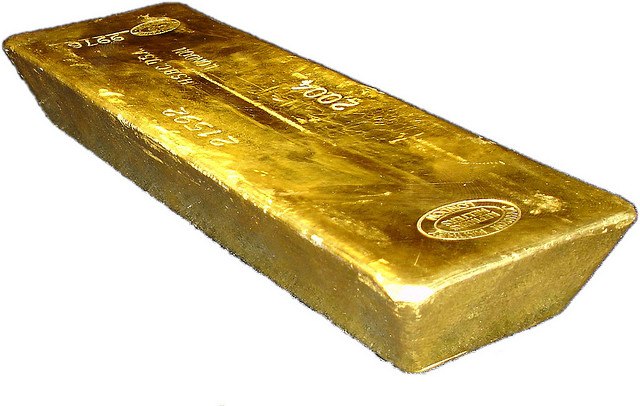As we enter the second half of the year, Bradley George and Scott Winship, Portfolio Managers of the Investec Global Gold Funds, provide their review of 2014 and key drivers of gold market sentiment going forward, in particular the linkage with the higher oil price and higher inflation.
Gold in the year to date
The first half of 2014 saw the gold price up 10%, as weak US economic data raised concerns about the economic recovery and hence implications for the longevity of the Federal Reserve’s quantitative easing (QE), which is currently being tapered.
More recently there has been renewed investor interest in gold. Investec’s Gold Team thinks the following three factors are influencing investors’ appetite for gold.
Is inflation potentially entering the system?
Inflation has long been suggested as a potential consequence of unprecedented money creation by the world’s central banks over the last few years. There are signs that it may slowly be emerging in 2014. Year-to- date US consumer prices have risen at a 2.6% annualized rate. Some of this can be attributed to fuel and food, but examining core inflation shows an acceleration to 2.3% for the first five months of the year versus 1.6% at the end of 2013.
Gold has historically proven to be an excellent hedge against inflation. Goldman Sachs recently produced research which suggests that there is a 91% correlation between US CPI and the USD gold price over the past decade1. The correlation remains strong at 73% when the time period is extended and run from 1970 to today.
Increased geo-political risk
The second factor affecting the gold price is linked to the first. Geo-political tension surrounding the Russia and Ukraine situation tested investors’ risk appetite in the first half of the year and continues to do so. The market has also focused on escalating violence in the Middle East, with particular attention on Iraq. The Investec Asset Management Energy team published the following thoughts on the situation:
“Iraq today produces 3.3m barrels/day, making it the second-largest producer in OPEC, after Saudi Arabia. Over 2.5m barrels/day of this (75%) come from the giant structures in the Southern Mesopotamian Basin, approximately 150km southeast of Baghdad .In our view, these oil fields are not under threat from ISIS at this stage, nor is the key export facility at Basra. If Baghdad falls to the insurgents, which we feel looks unlikely, then these oil installations become vulnerable.
We are forecasting $115 Brent for the second half of 2014. If exports from Southern Iraq are threatened, we believe the move up in international oil prices will be at least $5-$10 from here. If they are physically disrupted for any length of time we expect to see Brent above $130. At such levels we would expect demand rationing.”
The relationship between the gold and oil price exists as oil is a significant input of the world’s activity and hence inflation baskets. If Investec’s Energy team’s view of a stronger for longer oil price is correct it would keep inflation statistics elevated. Over the long term, the gold price has traded at approximately 16x the oil price. Today that relationship is just shy of 12x and arguably represents value for gold if oil remains at these levels.
Gold price seasonality
The final point is that of seasonality, which has historically led to higher gold demand in the second half of the calendar year and hence better price performance. This is because the Indian monsoon/harvest season boosts incomes and the timing of the Indian wedding season, around Diwali, sees significant quantities of gold purchased as gifts.
Investec believes that the factors discussed above will generate further interest in gold and gold ETF inflows driving the gold price higher.


